Architectural reuse project provides home for art in Devon
‘Art Barn', a storage, archive and gallery facility for artist Peter Randall-Page's work in Devon is a finely crafted case of architectural reuse by his son Thomas Randall-Page
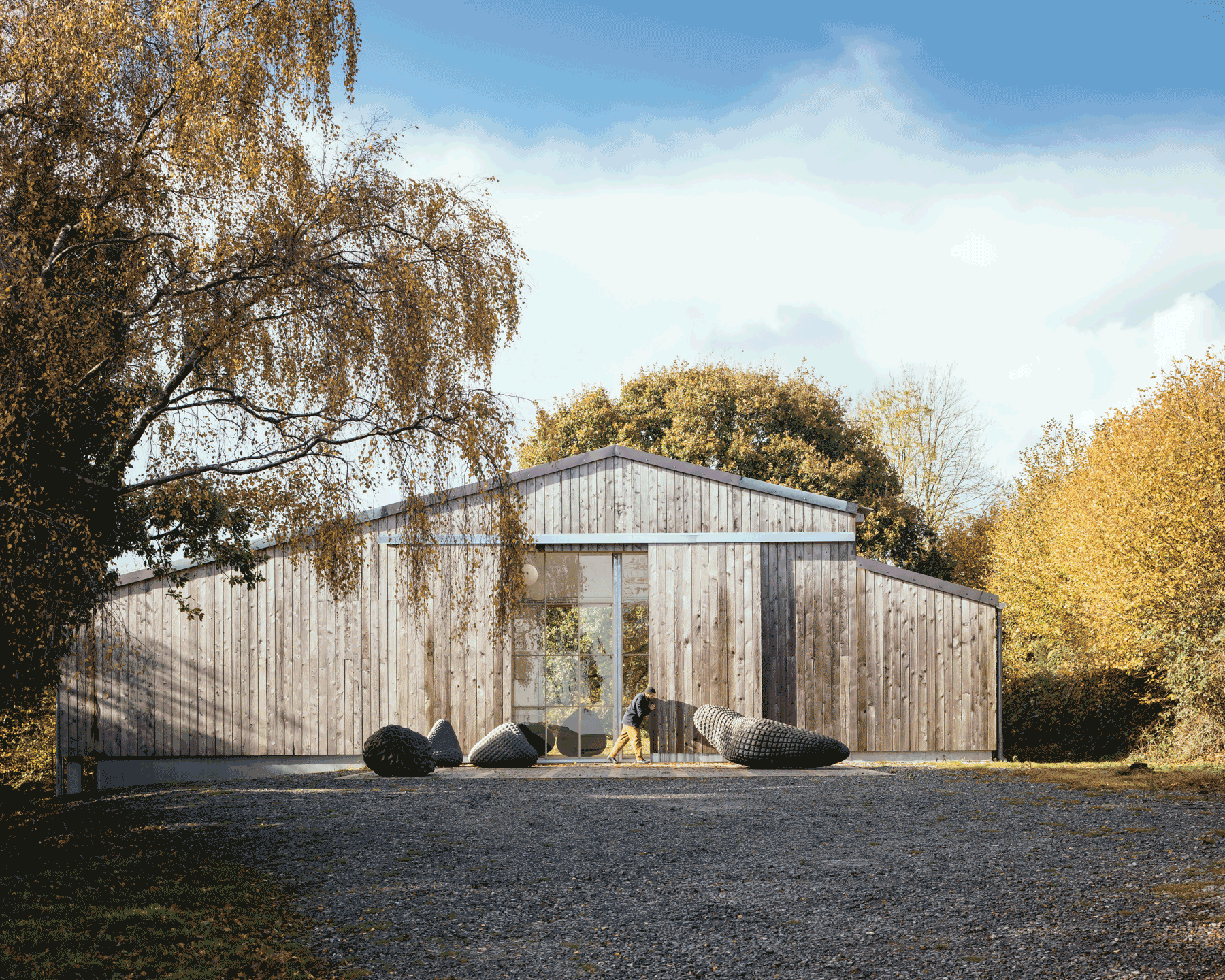
Jim Stephenson - Photography
When sculptor Peter Randall-Page RA decided to convert a rather nondescript, modern cow barn into a storage facility for his work, he turned to his son for help. Architecture-trained Thomas Randall-Page, who worked with Studio Heatherwick and 6a before setting up his own practice in 2014, proceeded to complete the modest, but beautifully crafted piece of architectural reuse, delivering his client's wishes to perfection; this is ‘Art Barn', a jewel box of a design that has been customised to create, store, archive and occasionally show art.
Located deep in the Devon countryside, the project sits in an idyllic location, surrounded by rolling hills and lush greenery on the egde of Dartmoor National Park. Large openings and a floor-to-ceiling sliding door not only allow the striking natural views and fresh air in, but also ensure large scale sculpture can be easily moved in and out as required.
Meanwhile, a series of industrial scale shutters made out of cedar and galvanised steel can fold and slide, revealing more or less of the interior and views as required by the activities inside - one even transforms into a large, private balcony.
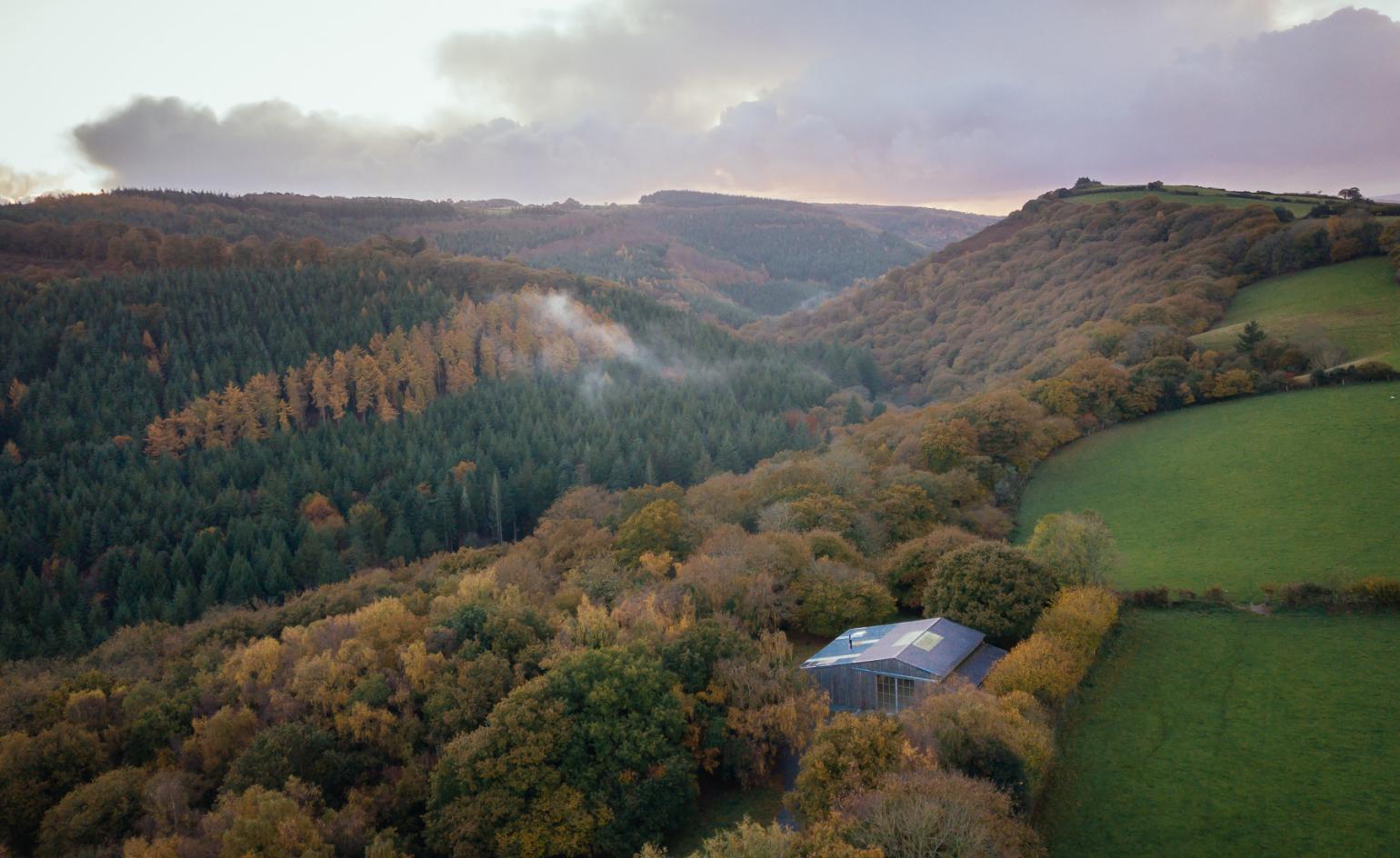
‘My brief stipulated that the building’s exterior should appear hermetically sealed, retaining the character of its agricultural origins,' says the artist. ‘I wanted the experience of arrival to be a slow reveal with levels and apertures unfolding as one moves around the space.'
A large, day-lit gallery sits at the heart of the building. Painted white and kept purposely simple, it becomes the perfect backdrop for viewing art. Next to it, a room-within-a-room contains the commission's office space - known as the ‘Winter Studio'. It is wrapped in cork, distinctly different to the bright, clean gallery, and contains a study and drawing space.
Small as it may be, the project was finely detailed and carefully designed to its smallest element. As a result, it took almost nine years from the barn's purchase to completion. Natural materials, such as stone and timber, were chosen for their functionality and durability, as well as the way they blended naturally within the landscape. As a further gesture of respect towards its pristine setting, the structure is solar-powered and completely off-grid.
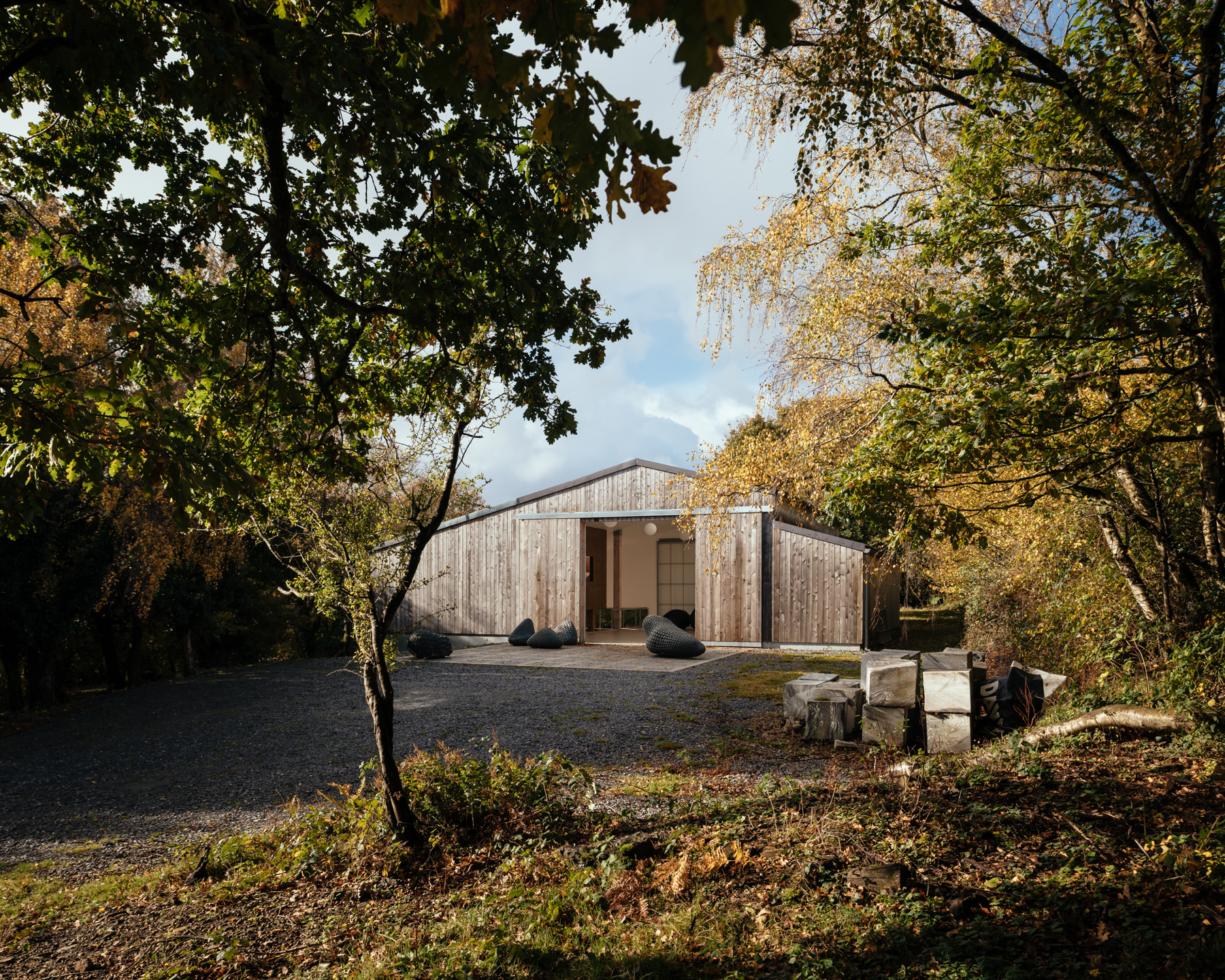
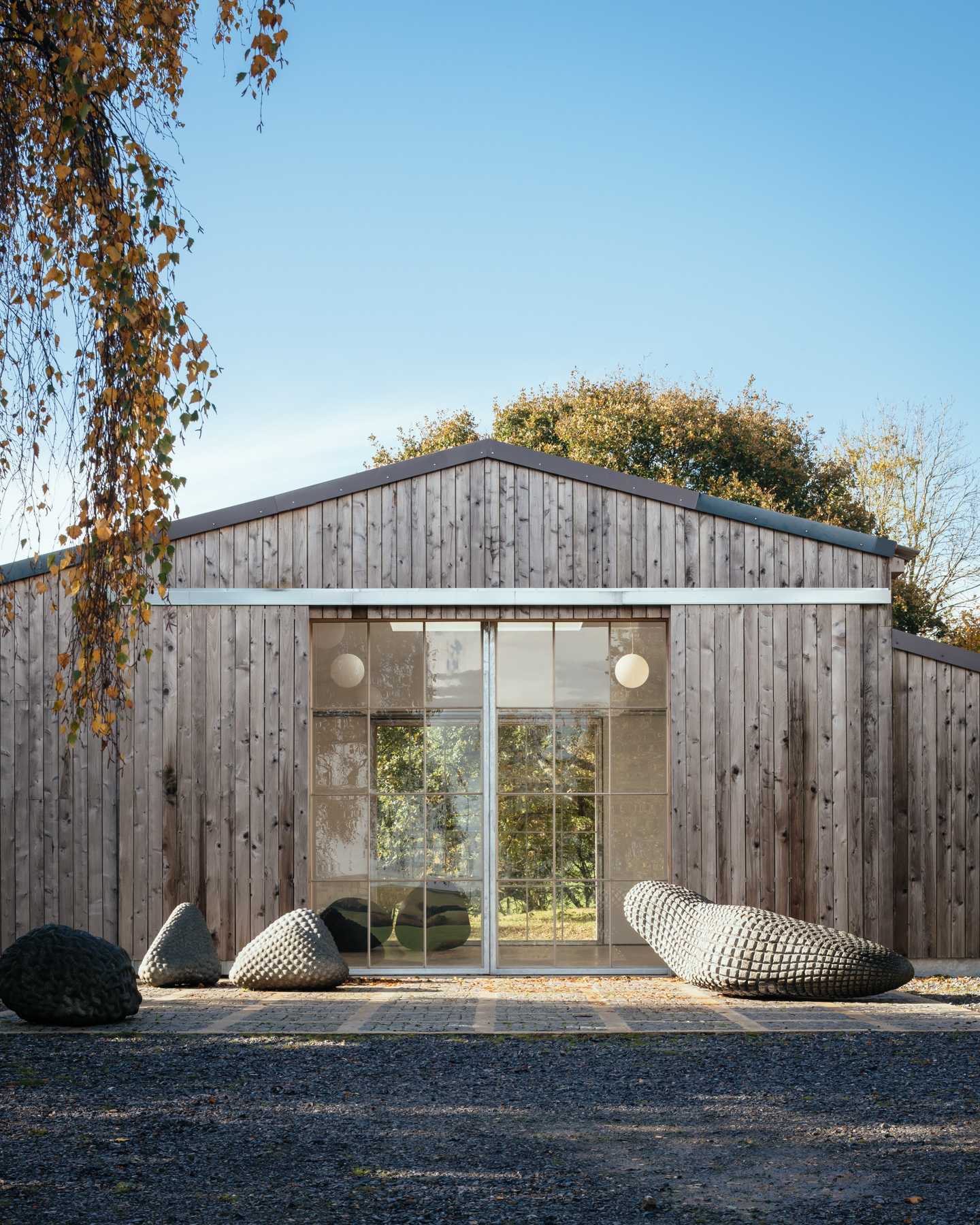
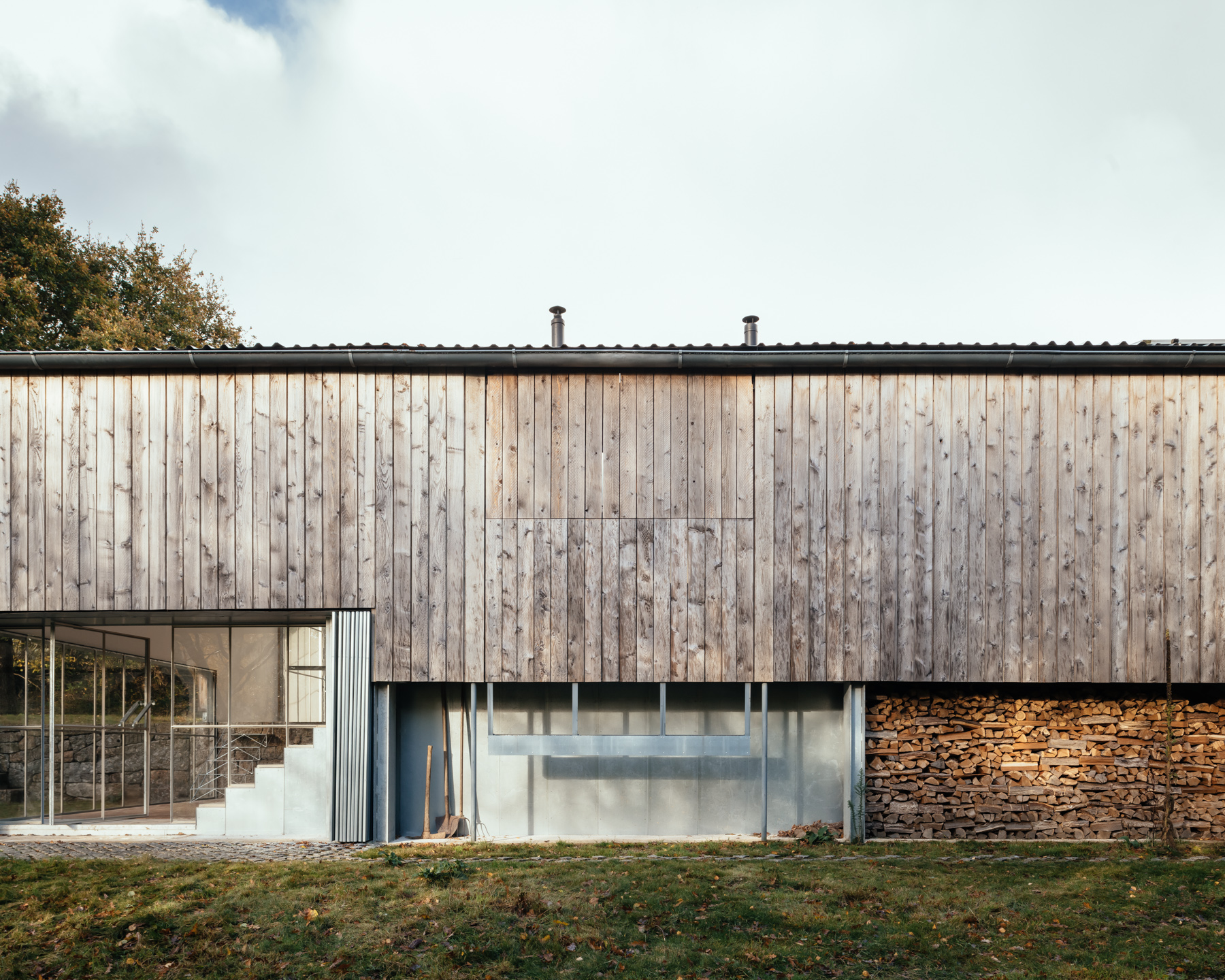
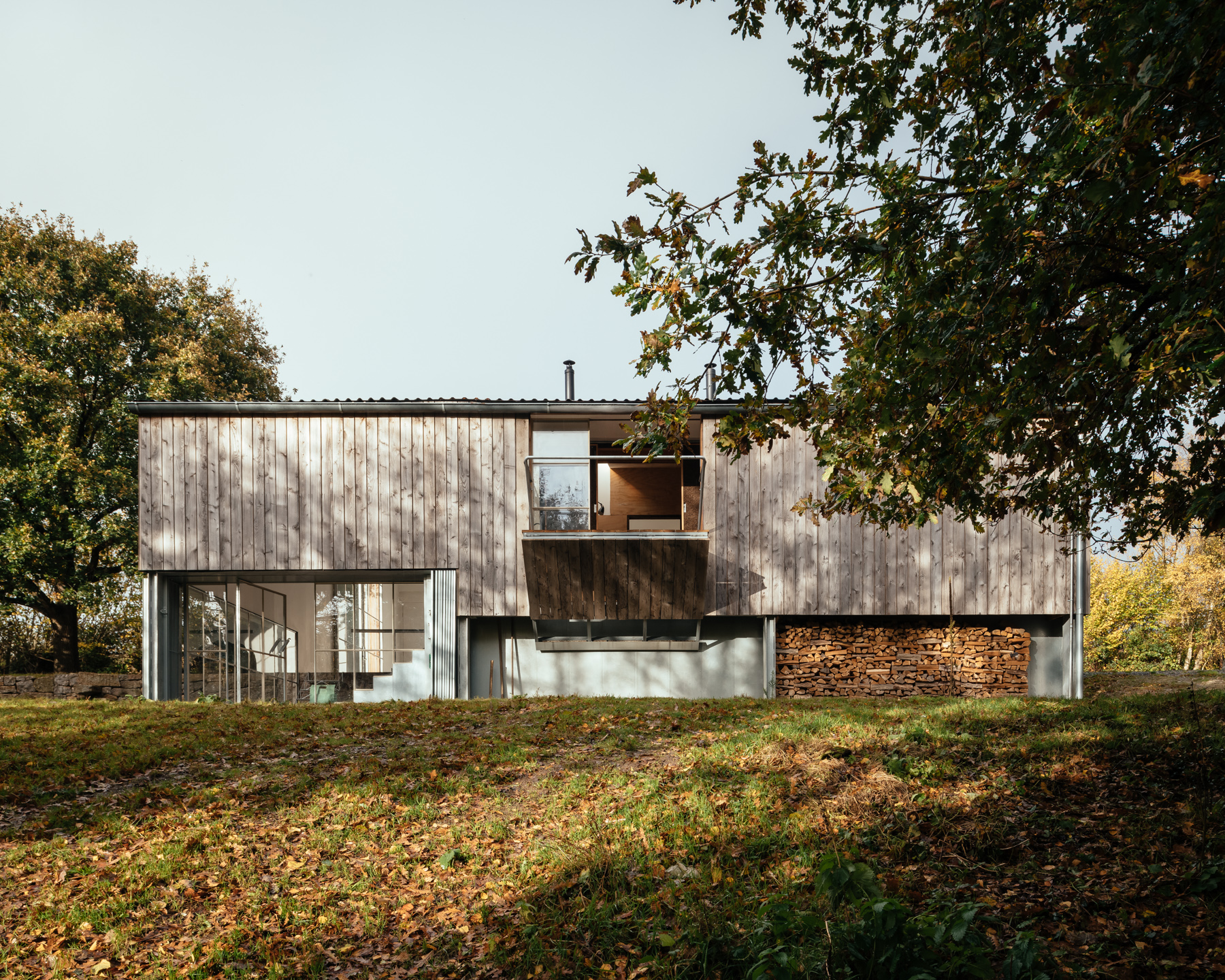

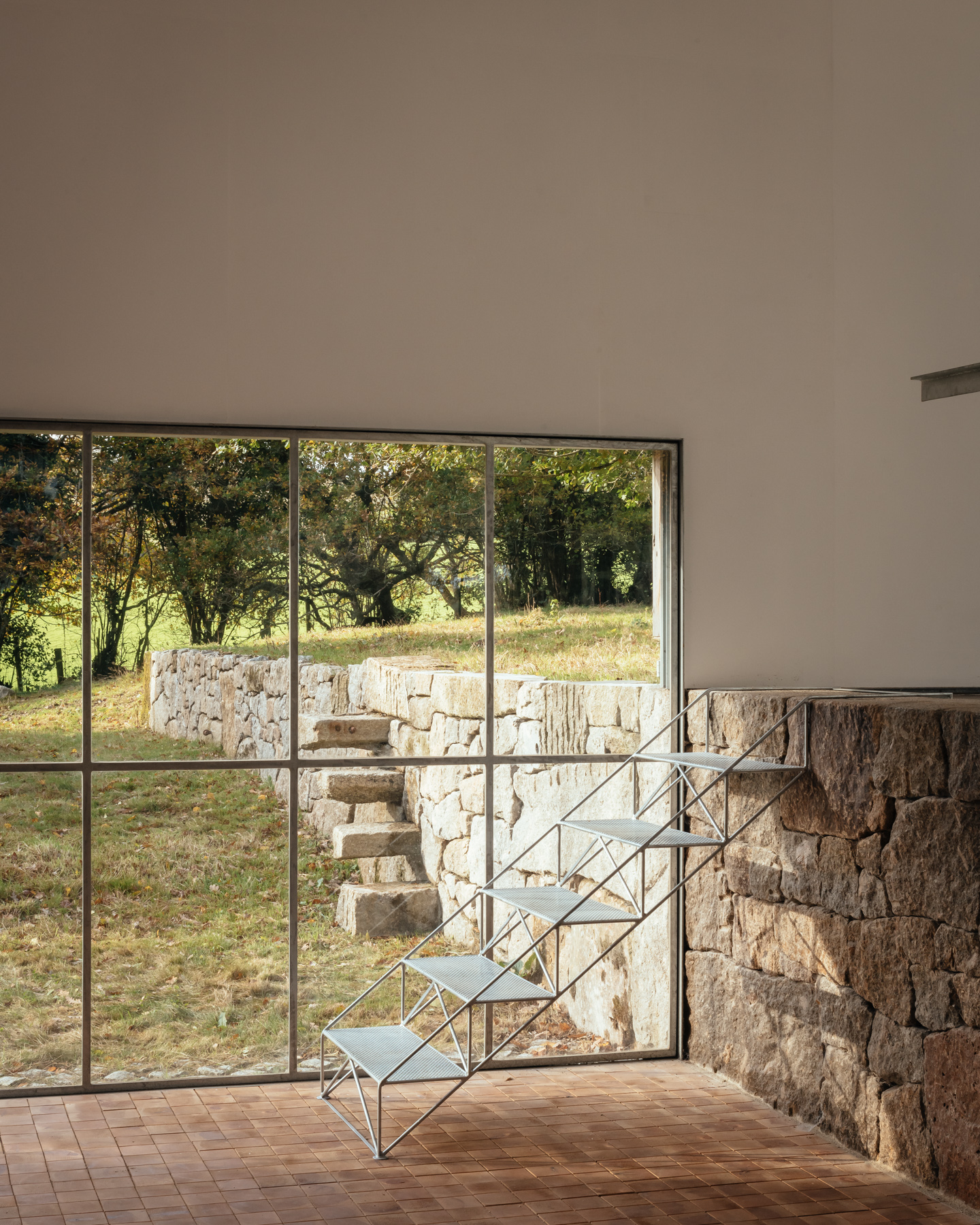
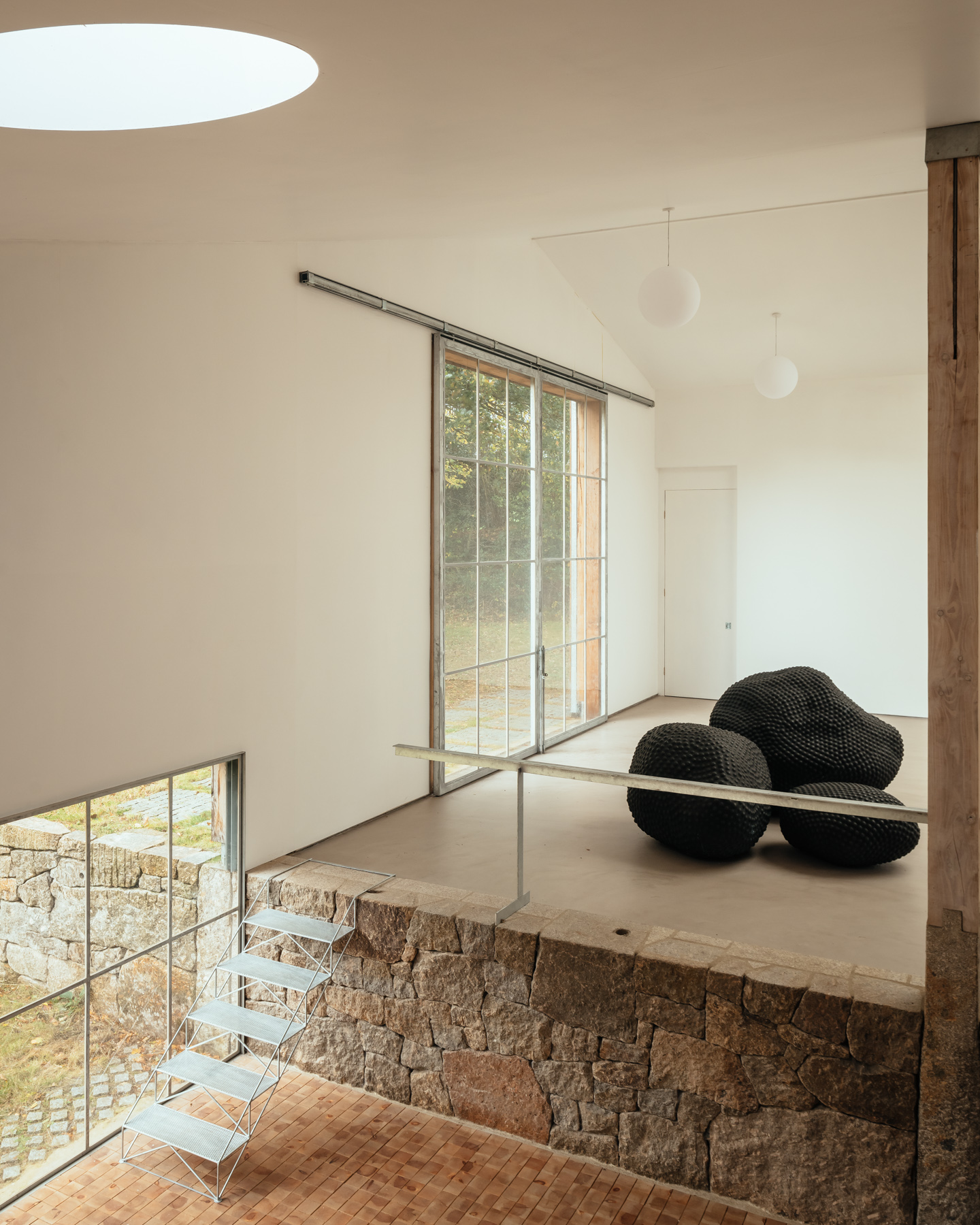



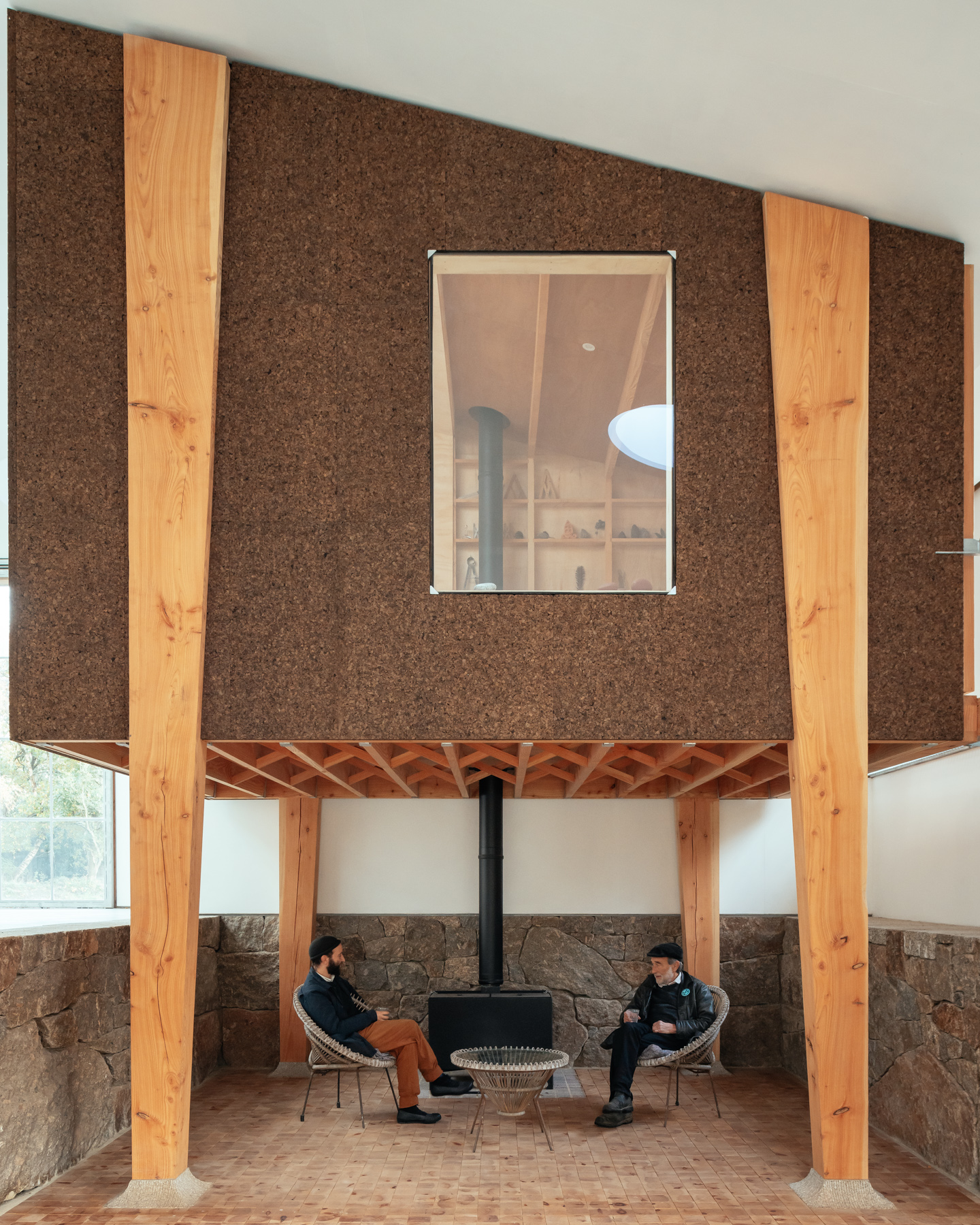
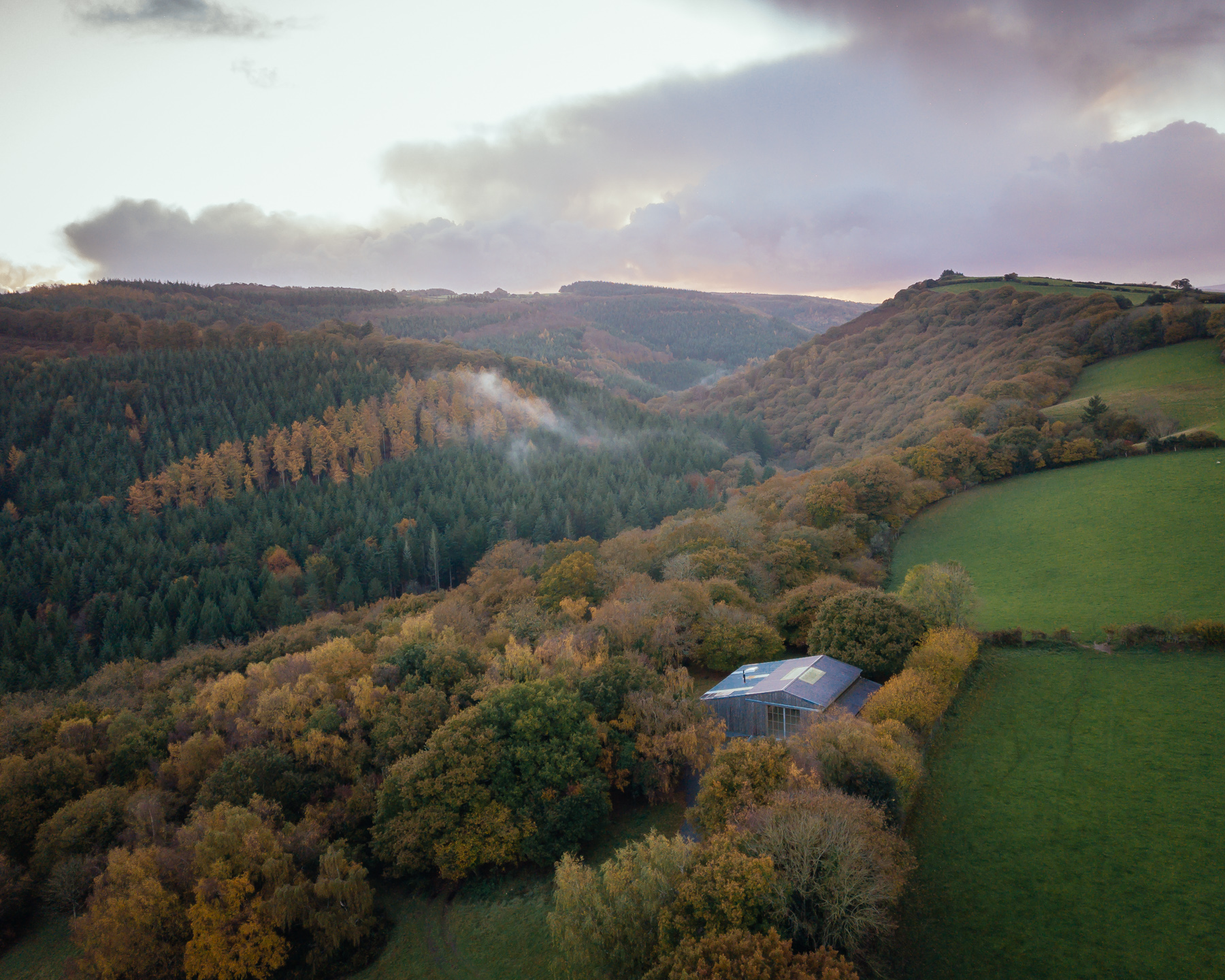
INFORMATION
Receive our daily digest of inspiration, escapism and design stories from around the world direct to your inbox.
Ellie Stathaki is the Architecture & Environment Director at Wallpaper*. She trained as an architect at the Aristotle University of Thessaloniki in Greece and studied architectural history at the Bartlett in London. Now an established journalist, she has been a member of the Wallpaper* team since 2006, visiting buildings across the globe and interviewing leading architects such as Tadao Ando and Rem Koolhaas. Ellie has also taken part in judging panels, moderated events, curated shows and contributed in books, such as The Contemporary House (Thames & Hudson, 2018), Glenn Sestig Architecture Diary (2020) and House London (2022).
-
 French bistro restaurant Maset channels the ease of the Mediterranean in London
French bistro restaurant Maset channels the ease of the Mediterranean in LondonThis Marylebone restaurant is shaped by the coastal flavours, materials and rhythms of southern France
-
 How ethical is Google Street View, asks Jon Rafman in Copenhagen
How ethical is Google Street View, asks Jon Rafman in CopenhagenIn 'Report a Concern - the Nine Eyes Archives' at Louisiana Museum of Art, Copenhagen, Jon Rafman considers technology's existential implications
-
 Next-generation jeweller Rosalie Carlier is one to watch
Next-generation jeweller Rosalie Carlier is one to watchThe young jewellery designer creates sensuous but bold pieces intended to ‘evoke emotion in the wearer’
-
 A former agricultural building is transformed into a minimal rural home by Bindloss Dawes
A former agricultural building is transformed into a minimal rural home by Bindloss DawesZero-carbon design meets adaptive re-use in the Tractor Shed, a stripped-back house in a country village by Somerset architects Bindloss Dawes
-
 RIBA House of the Year 2025 is a ‘rare mixture of sensitivity and boldness’
RIBA House of the Year 2025 is a ‘rare mixture of sensitivity and boldness’Topping the list of seven shortlisted homes, Izat Arundell’s Hebridean self-build – named Caochan na Creige – is announced as the RIBA House of the Year 2025
-
 In addition to brutalist buildings, Alison Smithson designed some of the most creative Christmas cards we've seen
In addition to brutalist buildings, Alison Smithson designed some of the most creative Christmas cards we've seenThe architect’s collection of season’s greetings is on show at the Roca London Gallery, just in time for the holidays
-
 In South Wales, a remote coastal farmhouse flaunts its modern revamp, primed for hosting
In South Wales, a remote coastal farmhouse flaunts its modern revamp, primed for hostingA farmhouse perched on the Gower Peninsula, Delfyd Farm reveals its ground-floor refresh by architecture studio Rural Office, which created a cosy home with breathtaking views
-
 A revived public space in Aberdeen is named Scotland’s building of the year
A revived public space in Aberdeen is named Scotland’s building of the yearAberdeen's Union Terrace Gardens by Stallan-Brand Architecture + Design and LDA Design wins the 2025 Andrew Doolan Best Building in Scotland Award
-
 A refreshed 1950s apartment in East London allows for moments of discovery
A refreshed 1950s apartment in East London allows for moments of discoveryWith this 1950s apartment redesign, London-based architects Studio Naama wanted to create a residence which reflects the fun and individual nature of the clients
-
 In this Cotswolds home, drama meets minimalism
In this Cotswolds home, drama meets minimalismCotswolds home Hiaven house, with interiors designed by McLaren Excell, is a perfect blend of contemporary chic and calm, countryside drama
-
 David Kohn’s first book, ‘Stages’, is unpredictable, experimental and informative
David Kohn’s first book, ‘Stages’, is unpredictable, experimental and informativeThe first book on David Kohn Architects focuses on the work of the award-winning London-based practice; ‘Stages’ is an innovative monograph in 12 parts